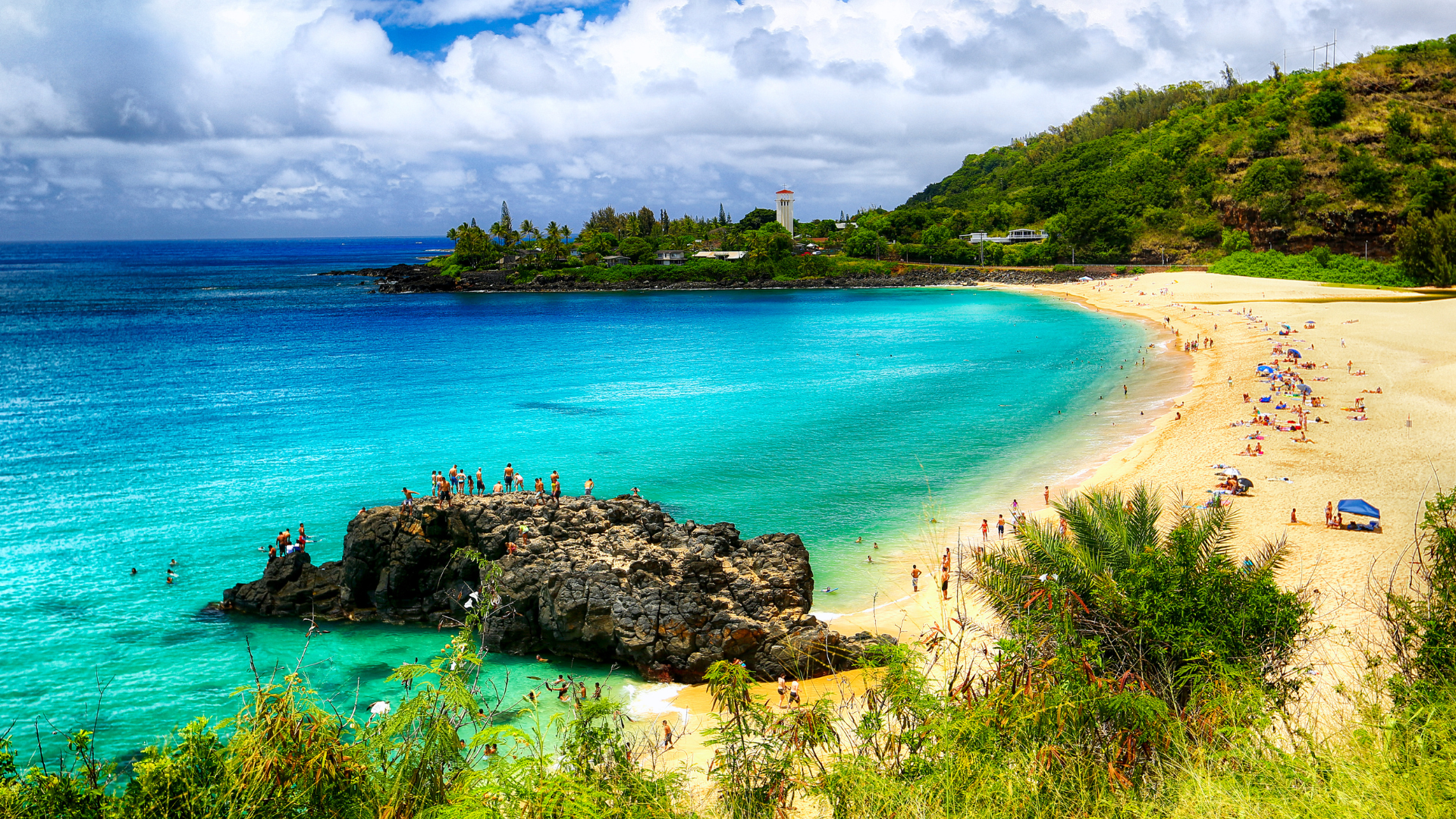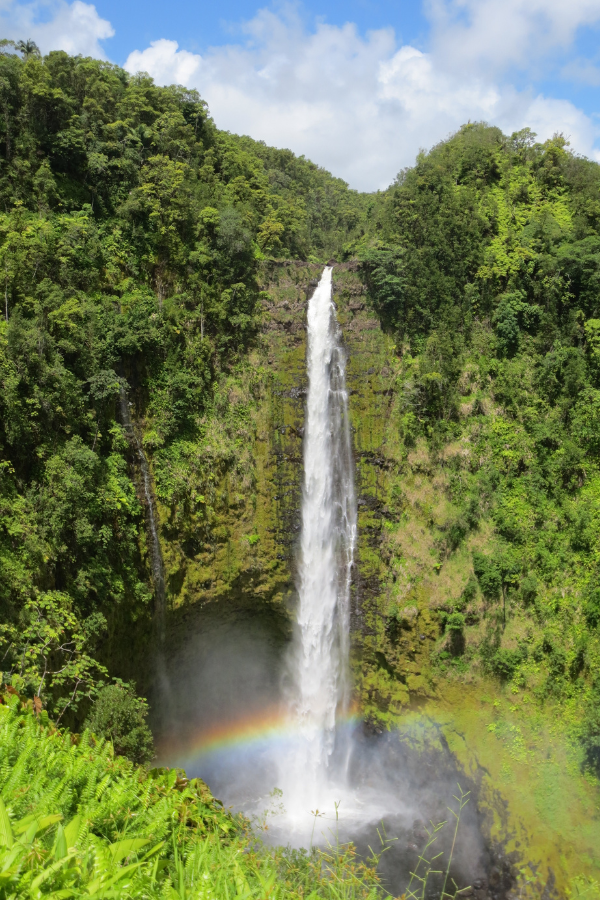
Planning Your Accessible Vacation in Hawaii: What You Need to Know
Hawaii is a top destination for travelers from around the world. With its scenery and diverse activities, it offers something for everyone, including those with disabilities or mobility issues. Planning an accessible vacation in Hawaii involves considering your mobility needs, and this guide will help you make the most of your trip by providing essential tips and resources.
Key Planning Tips for Rental Mobility Equipment in Hawaii
Start Planning Early: When planning your accessible vacation, starting early is crucial, especially when renting mobility equipment. Retailers like Gammie HomeCare offer a variety of medical equipment rentals in Hawaii, including wheelchairs, scooters, and walkers. Reserving your equipment well in advance ensures availability, especially during peak travel seasons.
Choose the Right Equipment: When selecting mobility equipment, consider your specific activities. A mobility scooter might be great for smooth, paved paths or resort areas, while a lightweight wheelchair could be more convenient for navigating urban environments. Consult with the rental provider at Gammie HomeCare to find the best equipment.
Delivery and Setup: Look for rental companies that offer delivery and setup services. This can save you time and hassle, as your equipment will be ready when you arrive. Gammie HomeCare provides delivery services across Maui, Kauai, and Oahu, ensuring your mobility needs are met wherever you stay.

Accessibility Resources in Hawaii
Accessible Attractions: Hawaii has many accessible attractions, from beaches with beach wheelchairs to museums and cultural sites with ramps and elevators. Waikiki Beach in Oahu offers beach wheelchairs at the Waikiki Shore Beach Service and accessible restrooms, while the Pearl Harbor National Memorial has wheelchair-accessible paths and exhibits. Before your trip, research the accessibility of the attractions you want to visit to ensure a smooth experience.
Public Transportation: Accessible public transportation is available in many parts of Hawaii, including TheBus in Honolulu, which is equipped with ramps and lifts for wheelchair users. Several other options exist for accessible transportation for excursions around the islands. It’s a good idea to contact transportation providers in advance to confirm accessibility options.
Local Support Services: Hawaii offers various support services for travelers with disabilities, including accessible accommodations and resources. Gammie HomeCare can help you prepare for your trip by providing mobility equipment to help you enjoy your stay comfortably. Local tourism offices and disability services can offer valuable advice and resources.
Avoiding Common Pitfalls
Check Accessibility Details: While many accommodations and attractions in Hawaii claim to be accessible, it’s important to verify details. For example, a hotel may have accessible rooms but not offer accessible routes to all amenities. Contact hotels and attractions directly to ask about door widths, bathroom features, and pathway conditions to ensure they meet your needs.
Plan for Varied Terrain: Hawaii’s diverse landscapes, from sandy beaches to mountainous trails, can present challenges for those with mobility issues. When planning your activities, consider the terrain and choose accessible paths or look for tours that cater to those with mobility needs.
Prepare for Weather Conditions: Hawaii’s tropical climate means that weather can change quickly, with sudden rain showers or high humidity.

Contact Gammie Homecare for Medical Equipment in Hawaii
By following these tips and utilizing available resources, you can plan a successful and enjoyable accessible vacation in Hawaii. With the right preparation, your trip can be as seamless and rewarding as the stunning landscapes and vibrant culture that await you on the islands.
